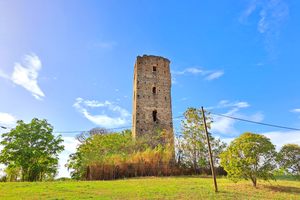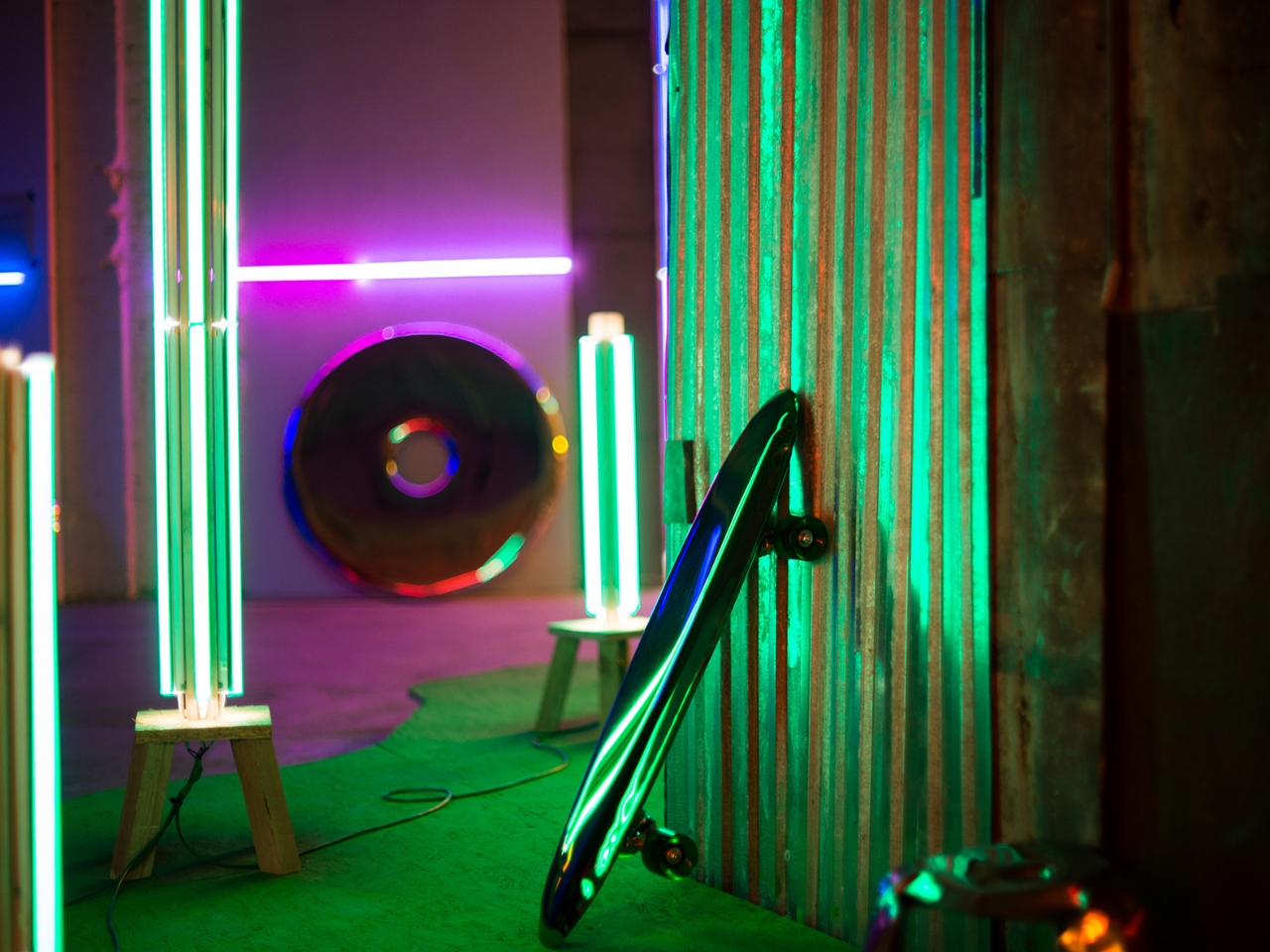Tower of Centocelle (Torre di Centocelle) in Rome, Italy
The Tower of Centocelle, or San Giovanni Tower (also called Tower of Torre Spaccata), is a medieval tower located in eastern Rome. The tower was part of a farmhouse from the first phase of the settlement of the Roman countryside and can be dated to the end of the 12th century, thanks to the construction technique in flakes and irregular stone blocks of lava, tuff and limestone, arranged with fairly regular sub-horizontal courses. It is still preserved at a considerable height (about 25 meters) and in a relatively good condition. Rectangular windows can be seen equipped with marble frames and surmounted by brick arches, and the bridge holes, used for construction and arranged in regular bands. Originally, it was equipped with a wall enclosure, which has now disappeared but is still visible in the maps of the 17th century Alessandrino Land Registry. The name “tower of San Giovanni” derives from the Lateran Basilica, which owned the tower in the late medieval period. It began to be known as the “tower of Centocelle” only from the 16th century, when it became part of the assets of the Roman family of Capranica. The toponym derives from the vast estate that was located between via Casilina and via Tuscolana, which also included the ruins of the imperial villa of “Cento Celle,” demolished in 1927 to make room for the runway of the Centocelle airport (now a public park area).


The Tower of Centocelle, or San Giovanni Tower (also called Tower of Torre Spaccata), is a medieval tower located in eastern Rome. The tower was part of a farmhouse from the first phase of the settlement of the Roman countryside and can be dated to the end of the 12th century, thanks to the construction technique in flakes and irregular stone blocks of lava, tuff and limestone, arranged with fairly regular sub-horizontal courses. It is still preserved at a considerable height (about 25 meters) and in a relatively good condition. Rectangular windows can be seen equipped with marble frames and surmounted by brick arches, and the bridge holes, used for construction and arranged in regular bands. Originally, it was equipped with a wall enclosure, which has now disappeared but is still visible in the maps of the 17th century Alessandrino Land Registry.
The name “tower of San Giovanni” derives from the Lateran Basilica, which owned the tower in the late medieval period. It began to be known as the “tower of Centocelle” only from the 16th century, when it became part of the assets of the Roman family of Capranica. The toponym derives from the vast estate that was located between via Casilina and via Tuscolana, which also included the ruins of the imperial villa of “Cento Celle,” demolished in 1927 to make room for the runway of the Centocelle airport (now a public park area).
What's Your Reaction?

















































































